How to Solve Rational Inequalities?
A rational inequality is an inequality that contains rational expressions. In this step-by-step guide, you learn more about solving rational inequalities.

A step-by-step guide to solving rational inequalities
A rational inequality is an inequality that contains a rational expression. When we solve a rational inequality, we will use many of the techniques we used to solve linear inequalities. In particular, we must remember that when we multiply or divide by a negative number, the inequality sign must be reversed.
To solve a rational inequality, we must follow these steps:
- Step 1: Write the inequality as a factor on the left side and zero on the right side.
- Step 2: Determine critical points – points where the rational expression is zero or undefined.
- Step 3: Use the critical points to divide the number line into intervals.
- Step 4: Test one value in each interval. Above the number line, show the sign of each factor of the numerator and denominator in each interval. Show the sign of the quotient under the number line.
- Step 5: Determine the intervals for which the inequality is true. Write the solution in interval notation.
Solving Rational Inequalities – Example 1:
Solve \(\frac{\left(x+2\right)}{\left(x-3\right)}<0\).
Solution:
Let \(f(x)= \frac{\left(x+2\right)}{\left(x-3\right)}\)
\(f(x)<0\)
\(\frac{\left(x+2\right)}{\left(x-3\right)}<0\)
By equating the numerator and denominator to zero, we get :
\(x+2= 0\rightarrow x=-2\)
\(x-3=0 \rightarrow x=3\)
\(x = -2\) and \(x = 3\) are critical numbers.
The critical numbers are dividing the number line into three intervals.

The possible values of \(x\) are: \(-2\:<\:x\:<\:3\).
Exercises for Solving Rational Inequalities
Solve.
- \(\color{blue}{\frac{x+4}{2x-5}\le 7}\)
- \(\color{blue}{\frac{6}{x-8}\le 3}\)
- \(\color{blue}{\frac{1}{2}x-2\le \:3x}\)

- \(\color{blue}{\left(-\infty \:\:,\:\frac{5}{2}\right)\cup [3,\:\infty)}\)
- \(\color{blue}{\left(-\infty \:\:,\:8\right)\cup \:[10,\:\infty)}\)
- \(\color{blue}{\:[-\frac{4}{5},\:\infty )}\)
Related to This Article
More math articles
- ISEE Math- Test Day Tips
- SSAT Middle Level Math FREE Sample Practice Questions
- Which Test Is Better for You; GED, TASC, or HiSET? Find Out Now
- 8th Grade TCAP Math Worksheets: FREE & Printable
- 4th Grade ILEARN Math Worksheets: FREE & Printable
- How to Add and Subtract Fractions? (+FREE Worksheet!)
- The Ultimate PSAT 8/9 Math Formula Cheat Sheet
- The Ultimate TASC Math Formula Cheat Sheet
- What Skills Do I Need for the ACT Math Test?
- Finding the Area Between Two Rectangles


















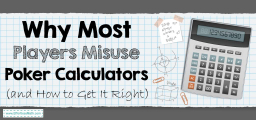



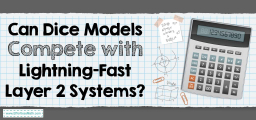




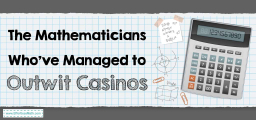
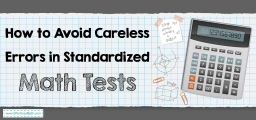
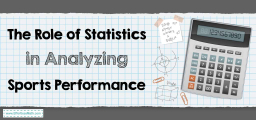

What people say about "How to Solve Rational Inequalities? - Effortless Math: We Help Students Learn to LOVE Mathematics"?
No one replied yet.